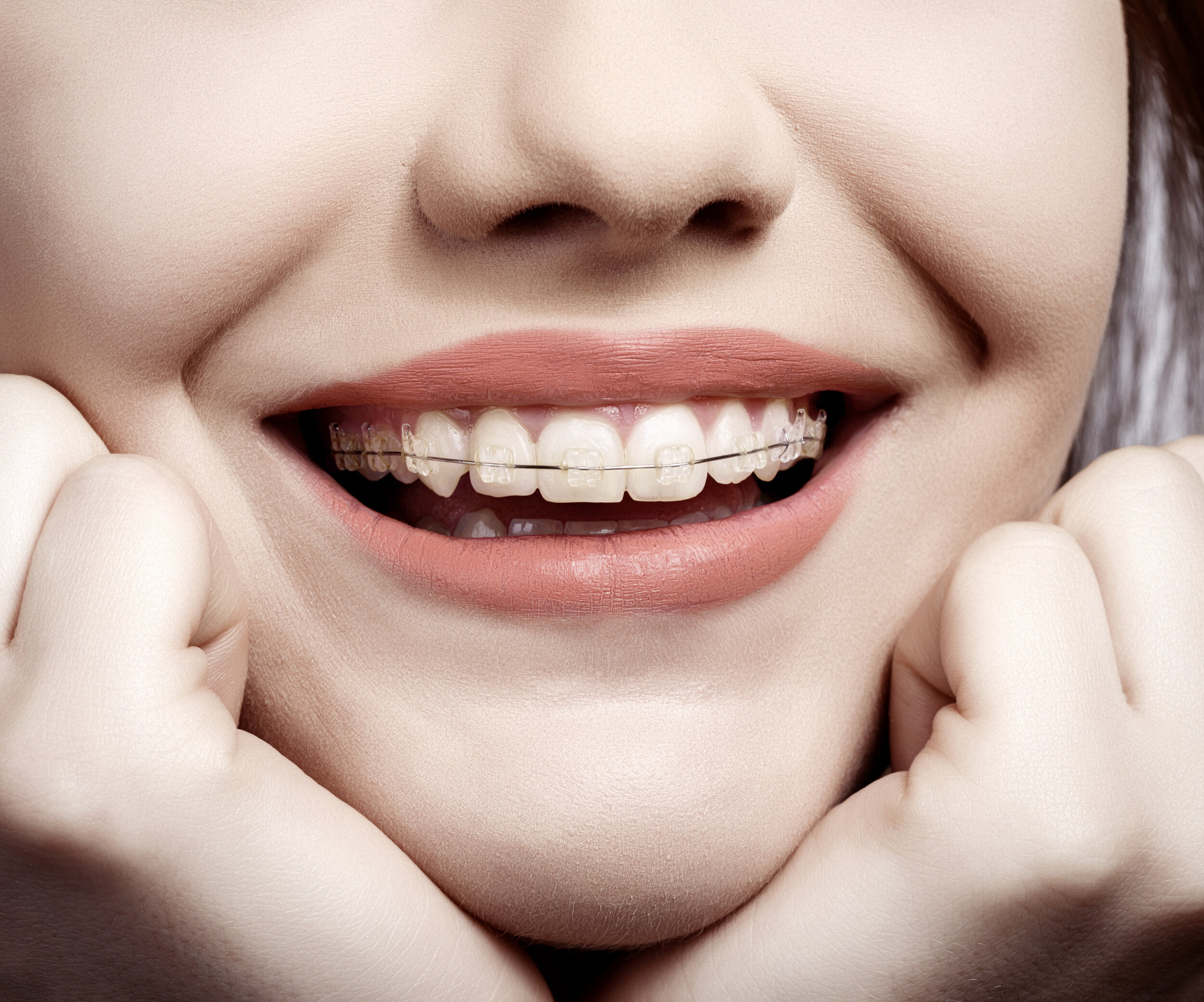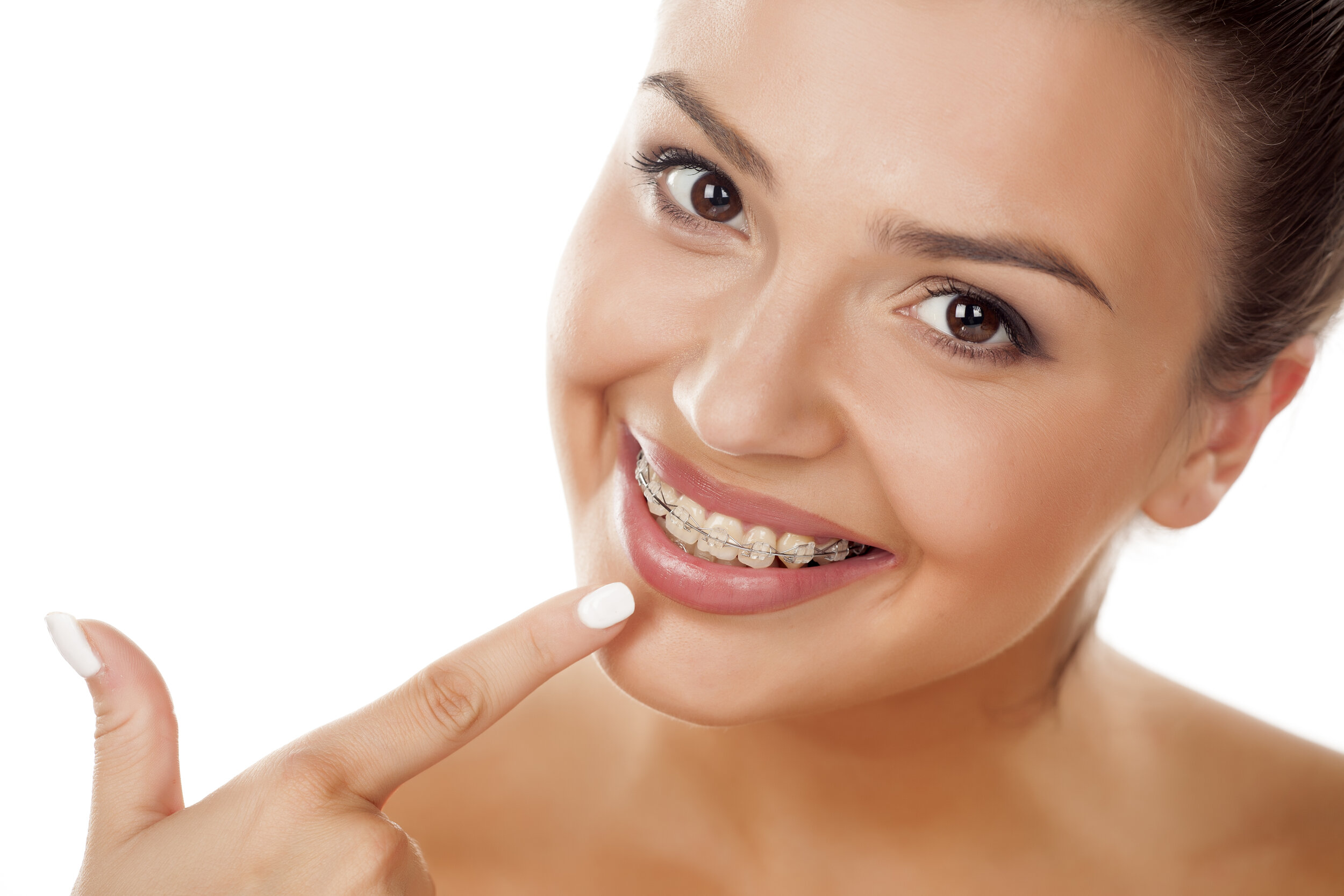What is orthodontic treatment?
The purpose of orthodontic treatment is to create a healthy bite—straight teeth that properly meet opposing teeth in the opposite jaw. A good bite makes it easier for you to bite, chew and speak. If your teeth are crowded, protruding, spaced too far apart, meet in an abnormal way, or do not meet at all, correction may be recommended. If you require significant bite alteration or movement along the vertical axis, you may need traditional braces. But don’t fret, advancements in orthodontic technology means braces are lighter, less noticeable, and can straighten teeth faster than ever before.
How do traditional braces work?
Traditional braces realign teeth by applying pressure. They usually consist of small brackets cemented to your teeth, connected by a wire, which is periodically tightened to gradually shift your teeth and jaw. Traditional braces are still the gold standard for orthodontics, because it’s a tried and true technique that has been perfecting for many years. Receiving orthodontic treatment from your general dentist means we can provide more comprehensive care throughout your treatment and beyond.
Frequently asked questions
+ What is the difference between traditional braces and Invisalign®?
Braces are permanently glued to your teeth until the treatment is finished, making it quite difficult to brush and floss around metal wires. Invisalign® trays can be simply removed to allow for convenient brushing and flossing, but this may also increase the chance that the trays will be lost.
Invisalign® treatment is designed for adults and made to be unobtrusive and virtually invisible. The trays are made of a clear thermoplastic material and are fitted exactly to your teeth, allowing you to wear them without feeling self-conscious.
+ How long will I have to wear braces?
The results of traditional braces vary depending on your problem, as well as other factors such as your age, your oral health, and your overall health.
Noticeable results appear after a few months, but desirable ones come after several months - 12 months, 18 months, or 24 months.
Desired results can take longer - even a few years - if the condition is too complex, and if there are other underlying dental problems that affect the effectiveness of the braces.
+ What are the risks of having crooked teeth?
Crooked teeth can lead to periodontal disease, gum recession, excessive tooth pressure, chips and notches in the teeth, teeth fractures, premature wear, loose teeth, eventual tooth loss, jaw pain, earaches, headaches, and more. These effects typically worsen with time. Crooked teeth also inhibit daily oral hygiene and put you at greater risk of developing oral infections that could lead to heart disease, stroke, pneumonia, and diabetes. Once the braces shift your teeth to the desired position, you can then remove them. However, since your jawbone and gums are not used to the new position, they do not have enough support to hold your teeth. Therefore, the teeth can easily start shifting away from the desired position, reducing the gains made. Luckily, with proper post orthodontic care, including retainers, you can maintain the results of the dental braces.
+ What happens after braces are removed?
A retainer works by supporting the newly formed alignment of your teeth. After you take out your braces, your teeth will want to try and move back into their old positions. The bone which supports your teeth is constantly growing and changing and even after the removal of your braces, it will take time for the bone to adapt to its new position. Retainers can be a fixed wire set up behind the teeth or a clear plastic mold that fits the exact shape and placement of your teeth. We recommend you wear the retainer all day or night, depending on the severity of your condition.
Schedule an appointment today to determine if traditional braces are the right for you









